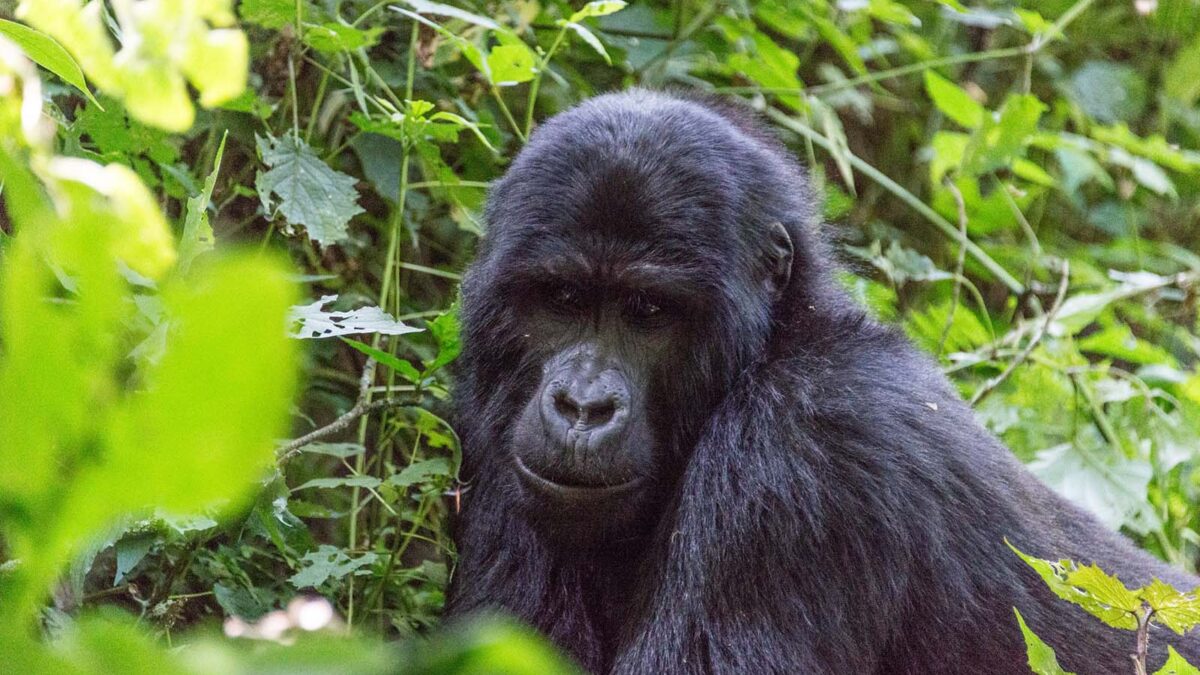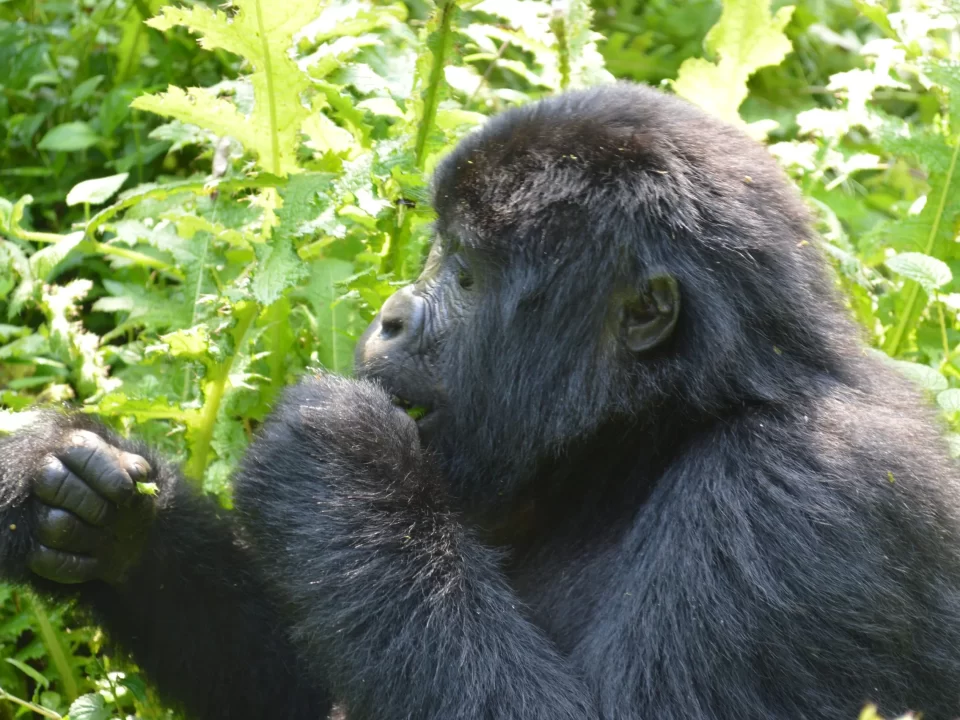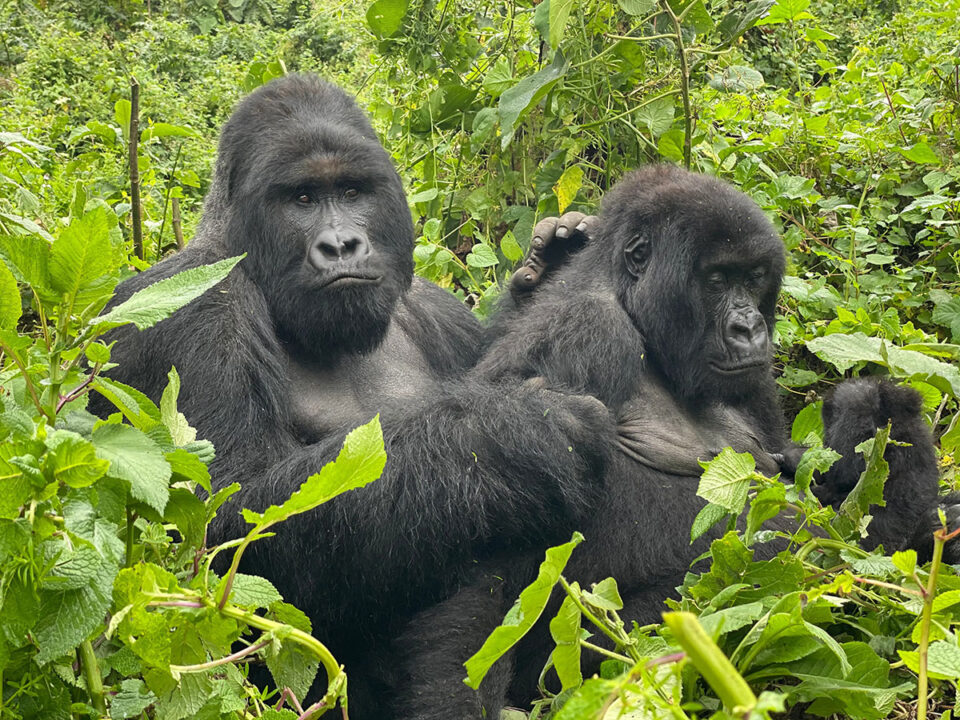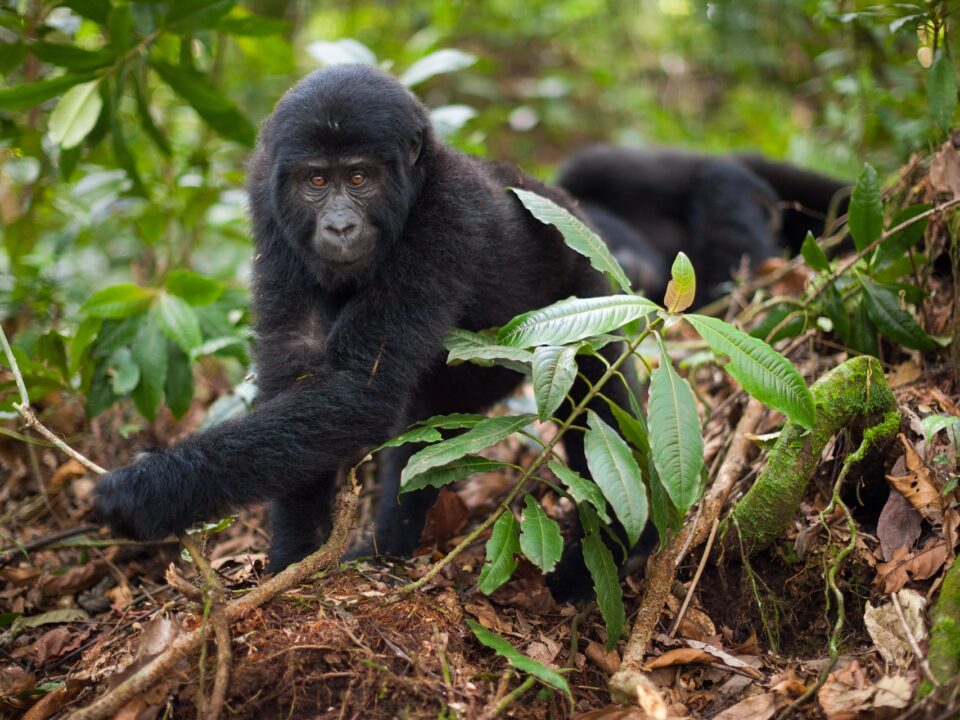What to know about Ruhija Gorilla Tracking Sector

Which Gorilla Family to Trek in Nkuringo Region on My Safari?
November 6, 2023Fly in Rwanda Gorilla Safaris
November 7, 2023Exploring the Wonders of Ruhija Gorilla Tracking Sector in Bwindi Impenetrable National Park
Introduction to Bwindi Impenetrable National Park
Bwindi Impenetrable Forest National Park, designated as a national park in 1991, has been captivating the world with its natural wonders. In 1994, it was further acknowledged by UNESCO as a World Heritage Site due to its remarkable ecological significance. A vast 10-square-kilometer area was incorporated into the park, enhancing its status. However, the park’s global recognition primarily stems from its renowned mountain gorilla population. More than half of the world’s mountain gorillas call Bwindi home, with over 620 individuals residing in this remarkable forest. Unfortunately, these great apes face imminent threats, including poaching, habitat loss, and diseases, leaving them highly endangered.
Exploring the Ruhija Gorilla Tracking Sector
Situated in the eastern realm of Bwindi Impenetrable National Park, the Ruhija sector boasts four distinct gorilla families, each offering an unparalleled gorilla tracking experience. These families are the Bitukura Gorilla family, Oruzogo family, Mukiza, and Kyaguriro family. Notably, the Kyaguriro family is primarily utilized for research purposes, with a daily visitor limit of only 6 individuals. However, treks to this family can be arranged by securing permission from the Uganda Wildlife Authority.
In this sector, a limited number of trekkers are granted access to each gorilla family. Only 8 healthy trekkers with valid permits are allowed to visit a particular family each day, and a total of 24 permits are made available daily. This restricted visitor count ensures an intimate and exclusive gorilla tracking experience. Ruhija, in comparison to the busier Buhoma sector, offers trekkers ample time to explore various other activities, including immersive birdwatching.
The Bitukura gorilla family, located in the Ruhija sector, is renowned for its friendly demeanor and relatively swift habituation process. This family quickly became accustomed to human presence, making it one of the most sought-after groups to track.
Ecotourism in Ruhija
While Ruhija may not be as developed as Buhoma and houses fewer gorilla families, it compensates with a more profound ecotourism experience due to its unique location. Positioned between the northern Buhoma sector and the eastern Kibale sector, Ruhija is easily accessible from both northern and southern parts of the region. It connects conveniently to Queen Elizabeth National Park, spanning a distance of 218 kilometers.
Getting to Ruhija
Ruhija can be accessed by road from Entebbe/Kampala via Kabale, or from Kampala through Rukungiri, Kihihi, and Butogota before reaching Ruhija. It’s important to note that the road conditions can be challenging, with bumpy and muddy terrain. Therefore, a reliable 4×4 vehicle is recommended for this journey.
For those who prefer air travel, there are no direct flights to Ruhija. However, you can opt to fly to Kihihi and then undertake a two-hour drive to reach Ruhija, where the magic of gorilla tracking awaits.
Embarking on the Ruhija Gorilla Tracking Adventure
For those eager to explore the treasures of the Ruhija Gorilla Tracking Sector, look no further than Trek Africa Expeditions. They offer valuable insights, details, and can assist with the booking of your safari to witness these magnificent creatures in their natural habitat. Ruhija beckons with its unique charm and the opportunity to connect with mountain gorillas, ensuring an adventure that will be cherished for a lifetime.




